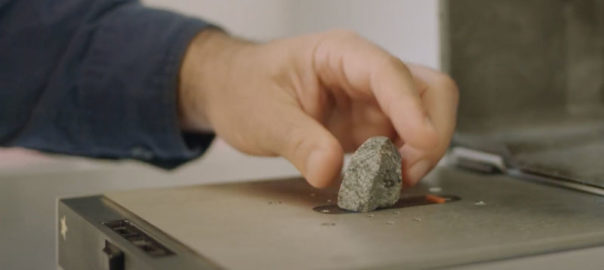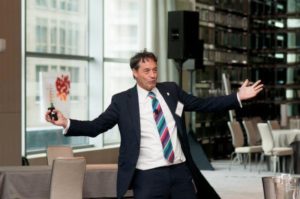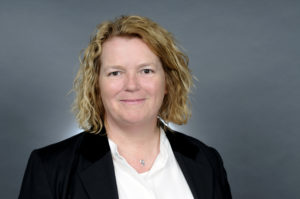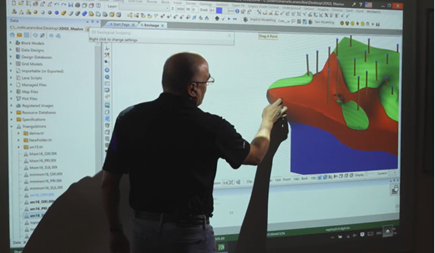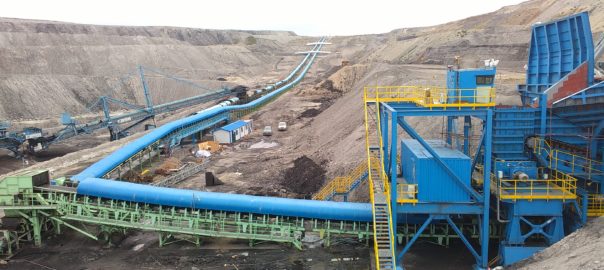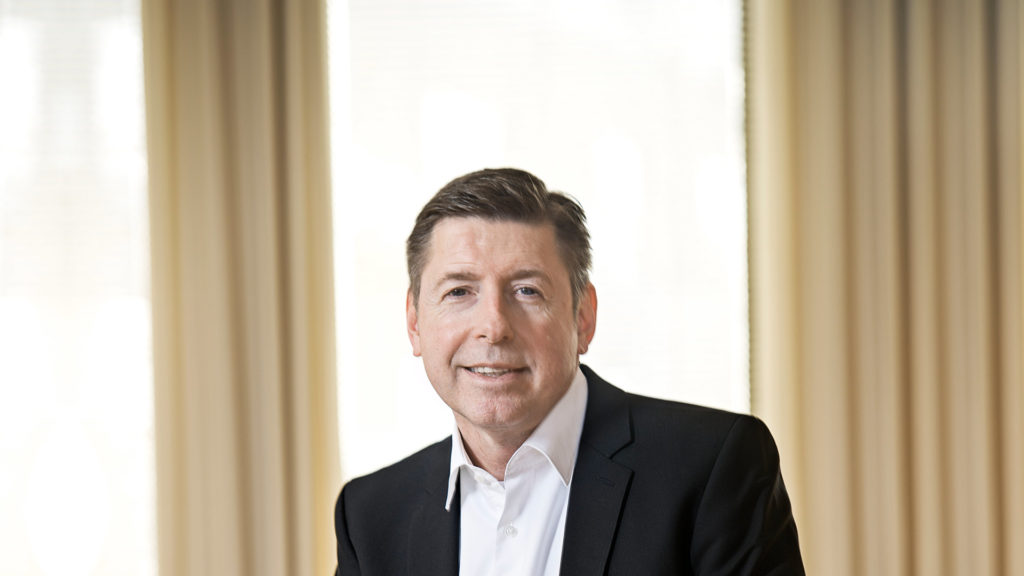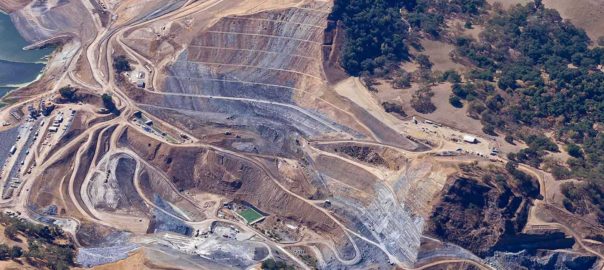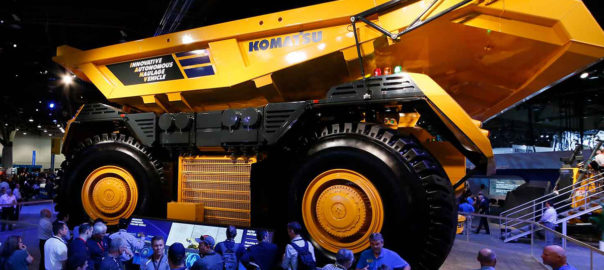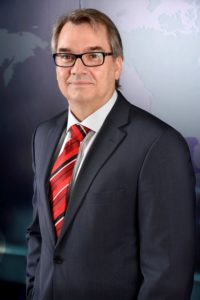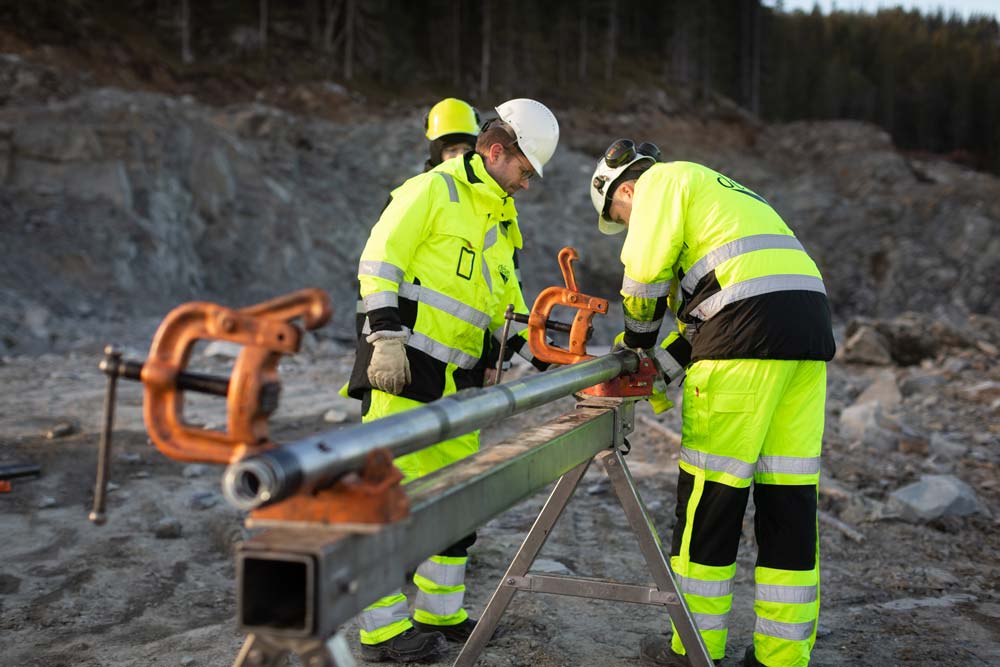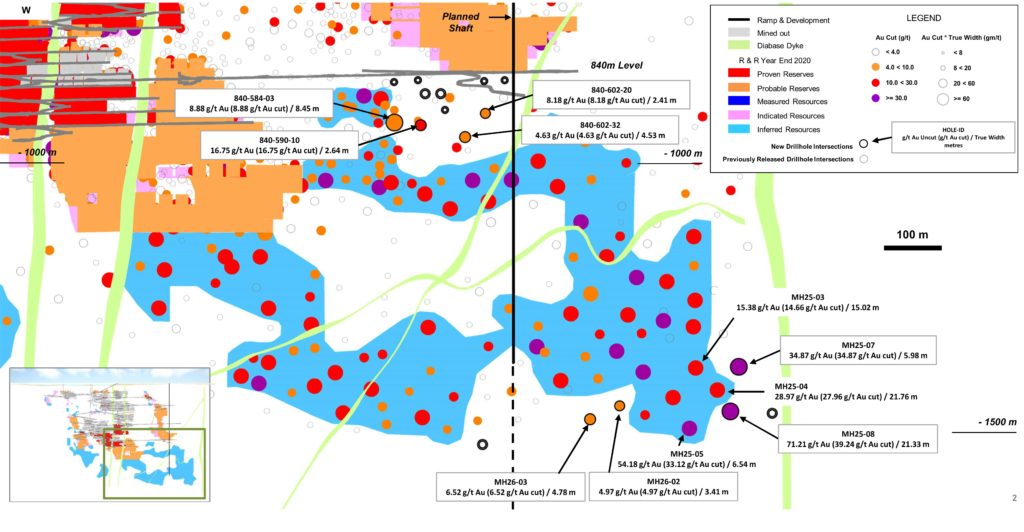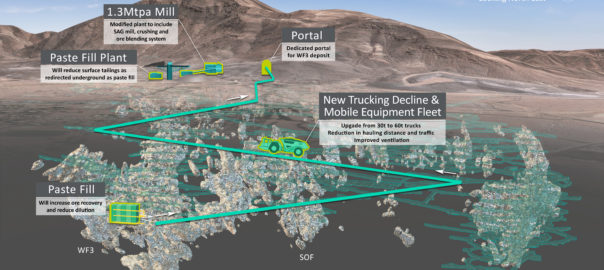CRC ORE and Australia’s national science agency, CSIRO, have formed a Future Research Program to, they say, take CRC ORE’s most promising fields of research into new areas to broaden the impact on the Australian mining industry and economy.
This work will boost the sustainability of the mining industry by helping reduce energy and water consumption, generation of tailings and residues, the physical footprint of operations, as well as optimise the extraction of valuable minerals from resources, the companies said.
The Future Research Program, launched in September 2021, will ensure the work of CRC ORE and its research continues to benefit the Australian mining industry.
The program will expand upon CRC ORE’s foundation research into the development of ore pre-concentration technologies that can be deployed within the mine and ahead of the mineral processing plant. The new research scope will investigate ways to apply these principles further down the mining value chain, targeting smaller particle sizes and a wider range of ore types.
Focus areas will include:
- Incorporating the principles of Selective Breakage into the design and operation of comminution circuits;
- Optimising ore feed to coarse and fine particle separators to enhance their performance;
- Step change reductions in energy and water intensity; and
- Developing new options for sustainable management of waste material
CRC ORE’s former General Manager of Research and Innovation, Paul Revell, who is now overseeing the program at CSIRO, said, if successful, the research will increase the number of potential locations where pre-concentration can be deployed, providing a larger overall impact for the minerals industry.
“Our aim is to extend the resource base that pre-concentration can be applied to,” Revell said. “The pre-concentration technology developed through CRC ORE is currently best suited to structurally controlled, vein-hosted ores, however these only represent about one third of the resource base on average.
“A key ambition of the new program is, therefore, to initiate research into technologies that can pre-concentrate disseminated ores. This group of ore types can be difficult to pre-concentrate with contemporary mineral processing technology, however they host a significant proportion of valuable base and precious metals.”
Revell said some 3% of global direct energy consumption is used in the mining industry just in crushing rock, so if pre-concentration technology could be applied more broadly across the resource base, it would have a wider global environmental and economic impact.
“The opportunity is to develop more energy efficient crushing and grinding processes that are integrated with a pre-concentration capability, to remove as much barren material from the ore as possible prior to subjecting the remaining ore to energy and water intensive fine grinding and concentration processes,” he said. “We’re focusing on the largest energy consuming portion of the mining value chain.”
Revell said it was important to note that the program is initially small scale and aims to undertake preliminary research into these areas that others could then build upon.
The program will be run for an initial three years with the possibility for extension through continuing industry sponsorship and collaboration.
“We will explore opportunities to engage with the mining industry to build a self-sustaining and on-going applied research portfolio in this field to advance promising developments to commercialisation,” Revell said.
“We are fortunate to have CSIRO as a research partner who are supportive, share this vision, and have a depth of research capability and excellent facilities.”
The program will also support CRC ORE’s mission to help build a highly skilled workforce for the nation amid an ongoing skills shortage in the resources sector. It will initially support a number of Research Higher Degree scholarships, which will be fully funded and placed across several selected Australian universities.
“One of CRC ORE’s key objectives has always been to build research capacity across Australia, which it did very successfully during its government-funded term,” Revell said. “By taking this new seed research and offering higher degree students a Masters degree or a PhD, it will build capacity for the minerals industry as well as getting the work done. It’s a great outcome.”
CSIRO Mineral Resources’ A/Director, Dr Rob Hough, said CSIRO is looking forward to commencing activities within the Future Research Program, initiated in partnership with CRC ORE.
“The R&D focus areas align well with our existing initiatives and plans, which have significant potential to positively impact the Australian minerals industry,” Dr Hough said.







